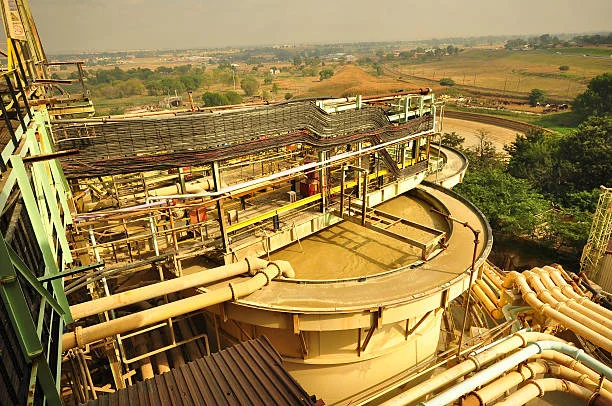
Introduction
Refractory gold ores refer to those ores from which gold cannot be effectively extracted by conventional cyanidation leaching methods. In such ores, gold is often encapsulated in associated minerals or gangue minerals in fine particles, preventing it from coming into contact with cyanide solution and dissolved oxygen. Additionally, copper, cobalt, iron base metal sulfides and other cyanide - consuming and oxygen - consuming substances in the ore, as well as conductive minerals containing antimony and other elements, and "gold - robbing" substances like activated carbon - type organic carbon and clay, all pose challenges to the direct extraction of gold, making pretreatment necessary before the cyanide leaching process.
Common Pretreatment Technologies
Roasting Pretreatment
Roasting is one of the earlier applied pretreatment methods for refractory gold ores. Under high - temperature conditions (usually 454 - 815 °C), air or oxygen - enriched roasting is carried out. During this process, sulfur and arsenic in the ore decompose into SO₂ and As₂O₃, and carbonaceous substances are oxidized to lose their activity. As a result, the roasted ore becomes porous, exposing the gold inside and creating favorable conditions for subsequent cyanidation leaching. The generated SO₂ and As₂O₃ can be comprehensively utilized through flue gas recovery processes.
Classification based on roasting conditions:
Oxidative roasting: It is the most common form, mainly aiming at oxidizing sulfide minerals to expose gold.
Calcium - added roasting: Adding calcium - containing substances can help fix sulfur and arsenic, reducing environmental pollution during roasting.
Flash roasting: Features high - speed heating and short - time roasting, which can improve production efficiency.
Vacuum volatilization de - arsenic roasting: By creating a vacuum environment, it promotes the volatilization of arsenic, achieving a high de - arsenic rate.
Microwave roasting: Utilizes microwave heating, which can heat the ore selectively, reducing energy consumption and improving the roasting effect.
Advantages:
It has a wide adaptability to ores, especially suitable for ores with both sulfide - encapsulated gold and carbonaceous "gold - robbing" substances.
The operation and maintenance are relatively simple, and the technology is reliable.
By - products such as sulfuric acid and arsenic trioxide can be recovered as chemical raw materials, and other valuable metals can also be recovered simultaneously.
Disadvantages:
Traditional roasting methods release toxic gases such as SO₂ and As₂O₃, causing serious environmental pollution. Although new roasting processes such as two - stage roasting, circulating fluidized - bed roasting, oxygen - enriched roasting, solidification roasting, flash roasting, and microwave roasting have emerged to reduce environmental pollution to a certain extent, the overall environmental pressure is still relatively large.
The roasting process requires strict temperature control. If the temperature is not well - controlled, "under - roasting" or "over - roasting" of sulfide minerals may occur, affecting the gold leaching rate.
Pressure Oxidation Pretreatment
Also known as autoclave oxidation, pressure oxidation is carried out at a certain temperature (170 - 225 °C) and pressure (total pressure 1 - 4 MPa), adding acid or alkali to oxidize and decompose arsenides and sulfides in refractory gold ores, exposing gold particles for subsequent cyanidation leaching.
Selection of solution media:
Acid - based pressure oxidation: When the gangue minerals in gold ores are mainly acidic substances such as quartz and silicates, sulfuric acid is commonly used as the medium. There are also cases where nitric acid or chloride is used as the medium. In this method, the oxidation reaction of sulfide minerals is more thorough, and the generated iron ions can be precipitated in the form of jarosite.
Alkali - based pressure oxidation: When the gangue minerals are mainly alkaline substances such as calcium - and magnesium - containing carbonates, sodium hydroxide is used as the medium. This method is more suitable for ores with high - alkaline gangue, as it can avoid excessive acid consumption.
Advantages:
It is a wet - process flow with a fast reaction speed and short pre - oxidation time. The oxidation products of pyrite and arsenopyrite are soluble, and the reaction is relatively complete, resulting in a high gold recovery rate.
It has strong adaptability to various ores and concentrates, with low sensitivity to material composition. Whether the sulfur and arsenic grades are high or low, and regardless of the amount of harmful interfering impurity elements such as antimony and lead, the process can be adapted.
The oxidation process does not produce flue gas pollution problems, and the generated waste residue exists in the form of relatively stable arsenate precipitation, with low environmental risks, belonging to an environmentally friendly process.
Disadvantages:
Currently, there is no suitable method to comprehensively recycle arsenic and sulfur minerals.
During the pre - oxidation process, silver is always lost in jarosite, resulting in a low silver recovery rate.
The process requires strict control of temperature and oxygen partial pressure to avoid the generation of elemental sulfur. It has high requirements for equipment materials, large investment, and high production costs. Therefore, the pressure oxidation process is more suitable for large - scale or high - grade large - scale gold mines, with a treatment capacity of over 1200 t/d.
Nitric Acid Oxidation Pretreatment
To significantly reduce the temperature and pressure of pressure oxidation pretreatment, researchers have developed a nitric acid oxidation catalytic system, enabling the rapid oxidation and decomposition of sulfide minerals at lower temperatures and pressures.
Reaction principle: Nitric acid is a strong oxidizing acid. Studies have shown that at 75 - 85 °C, when using 150 - 200 g/L nitric acid to decompose arsenical flotation gold concentrates, 100 - 300 kg of nitric acid is consumed per ton of ore. If the nitrate in the solution is denitrified at 350 °C, the nitric acid consumption can be reduced by 1/2 - 2/3. In the nitric acid medium, when oxygen is introduced or nitrate is used as a catalyst for air oxidation, the required conditions are a temperature of 100 °C and a pressure of 400 - 800 kPa. Nitric acid acts as an oxygen carrier to oxidize sulfide minerals. Nitric acid is reduced to nitric oxide, which is then oxidized by oxygen to become nitric acid again, realizing the catalytic oxidation acid leaching of sulfide minerals.
Process flow: When nitric acid catalytic oxidation is used for the pretreatment of arsenical and sulfur - containing flotation gold concentrates, the process flow consists of five unit operations: acid treatment before oxidation, catalytic oxidation acid leaching, solid - liquid separation and washing, solution treatment, and gold cyanidation leaching.
Advantages:
The leaching speed is fast (1 - 3 h).
Air is used as the oxidant, and the leaching agent (nitric acid) can be recycled.
The reaction equipment can use common structural materials such as stainless steel, polyvinyl chloride, or fiberglass.
Alkali Leaching Pretreatment
The basic principle of alkali leaching pretreatment is to pre - aerate the alkaline pulp before cyanidation leaching, fully oxidizing some minerals that affect cyanidation leaching, such as iron sulfide, arsenopyrite, stibnite, and soluble sulfides, reducing or eliminating their interference with the subsequent cyanidation process. For arsenopyrite minerals containing gold, alkali leaching pretreatment oxidizes their surface to form arsenate compounds. Common reagents used in alkali leaching pretreatment include NaOH, KOH, Ca(OH)₂, and ammonia water. This method is relatively simple and has a certain effect on removing some interfering substances, but its application scope is relatively narrow, mainly applicable to ores with specific mineral compositions.
Chlorine Oxidation Pretreatment
Chlorine oxidation is an effective pretreatment method for carbonaceous refractory gold ores. Chlorine oxidizes carbon and organic compounds into carbon monoxide and carbon dioxide, releasing encapsulated fine gold particles and eliminating the "gold - robbing" effect of carbonaceous substances. Chlorine or hypochlorite can oxidize the "gold - robbing" functional groups on carbonaceous substances belonging to activated carbon and humic acid types, or displace sulfur in organic carbon with chlorine, or combine with organic carbon in other ways, thus passivating the adsorption of gold - cyanide complexes by carbonaceous substances. However, the use of chlorine may bring problems such as equipment corrosion and environmental pollution, and strict safety measures need to be taken during the operation.
Bacterial Oxidation Pretreatment
Bacterial oxidation pretreatment of arsenical refractory gold ores utilizes the ability of chemosynthetic autotrophic acidophilic microorganisms to oxidize sulfide minerals. Microorganisms such as Thiobacillus ferrooxidans and Thiobacillus thiooxidans can oxidize and decompose sulfide minerals (such as arsenopyrite, pyrite, realgar, orpiment, marcasite, pyrrhotite, etc.) that encapsulate fine gold particles. As a result, the gold particles remain exposed in the oxidized residue, facilitating more effective cyanidation or other leaching methods for gold extraction.
Process classification:
Heap leaching: Mainly suitable for treating low - grade ores. The ore is stacked on the ground, and a bacterial solution is sprayed on it for oxidation. This method has a simple process and low investment but a relatively long oxidation time.
Tank leaching: Suitable for treating high - grade ores or concentrates. The ore or concentrate is placed in a reaction tank, and the bacterial oxidation reaction is carried out under controlled conditions. This method has a higher reaction rate and gold recovery rate but requires higher equipment investment.
Advantages:
It avoids the generation of harmful waste gas and high energy consumption problems in other pretreatment processes.
It is environmentally friendly, as the harmful elements such as arsenic and sulfur in the ore are decomposed into relatively stable harmless salts during the oxidation process, which can be stored after neutralization and precipitation without polluting the environment and atmosphere.
Disadvantages:
The growth of bacteria is easily affected by factors such as the copper content in the ore. High copper content will inhibit the growth of bacteria.
The sulfur content in gold concentrates should not be greater than 30%, otherwise, the oxidation cost and neutralization cost will increase.
It is not suitable for gold concentrates containing gold - robbing carbon.
Conclusion
Each pretreatment technology for refractory gold ores has its own advantages and disadvantages, and the selection of pretreatment methods needs to be comprehensively considered based on the specific properties of the ore, such as the type and content of sulfide minerals, gangue minerals, and the presence of harmful elements. In addition, with the increasing attention to environmental protection and resource utilization, the development of more efficient, environmentally friendly, and cost - effective pretreatment technologies will be the future research direction in this field. For example, the combination of different pretreatment methods may achieve better results, and the development of new catalytic systems or biological agents may further improve the efficiency of gold extraction from refractory gold ores.
- Random article
- Popular articles
- Popular comments
- Selective grinding and agglomeration flotation process for bauxite
- Tin ore gravity processing technology
- Iron ore positive flotation process
- Gold Mine Heap Leaching: Optimal Process
- Lead zinc ore mixing+separation flotation process
- Nickel ore magnetic separation+flotation combined process(Sulfide ore)
- Radioactive beneficiation and flotation process for uranium ore

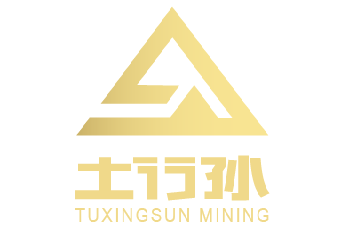
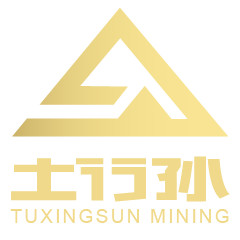

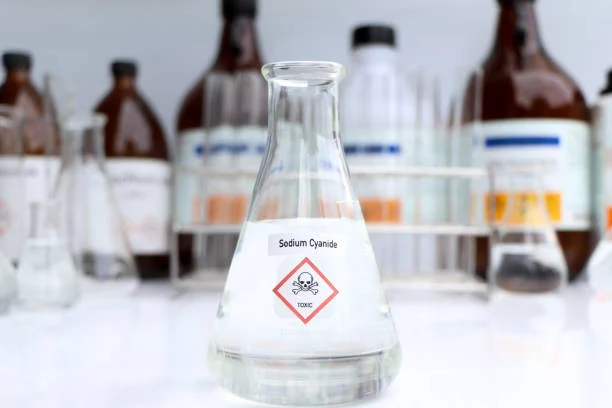
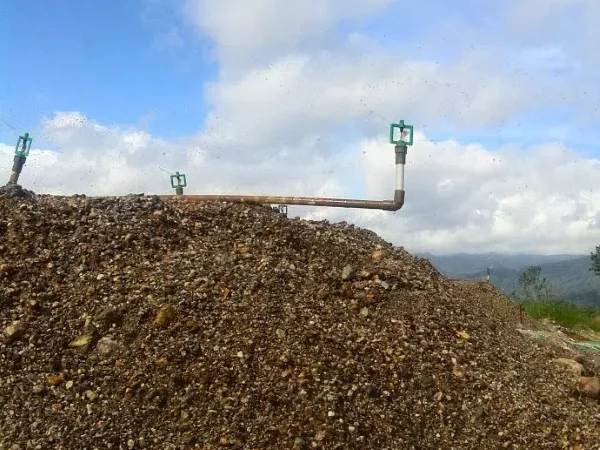
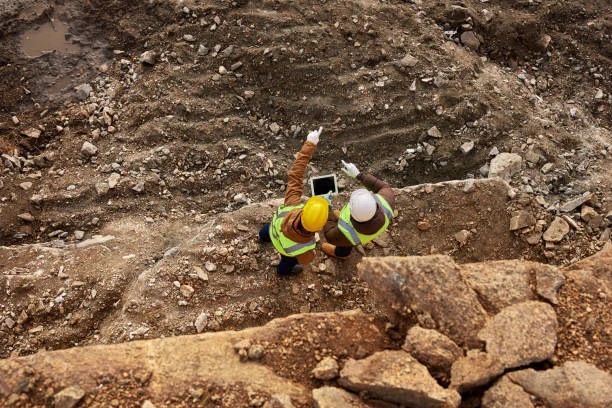
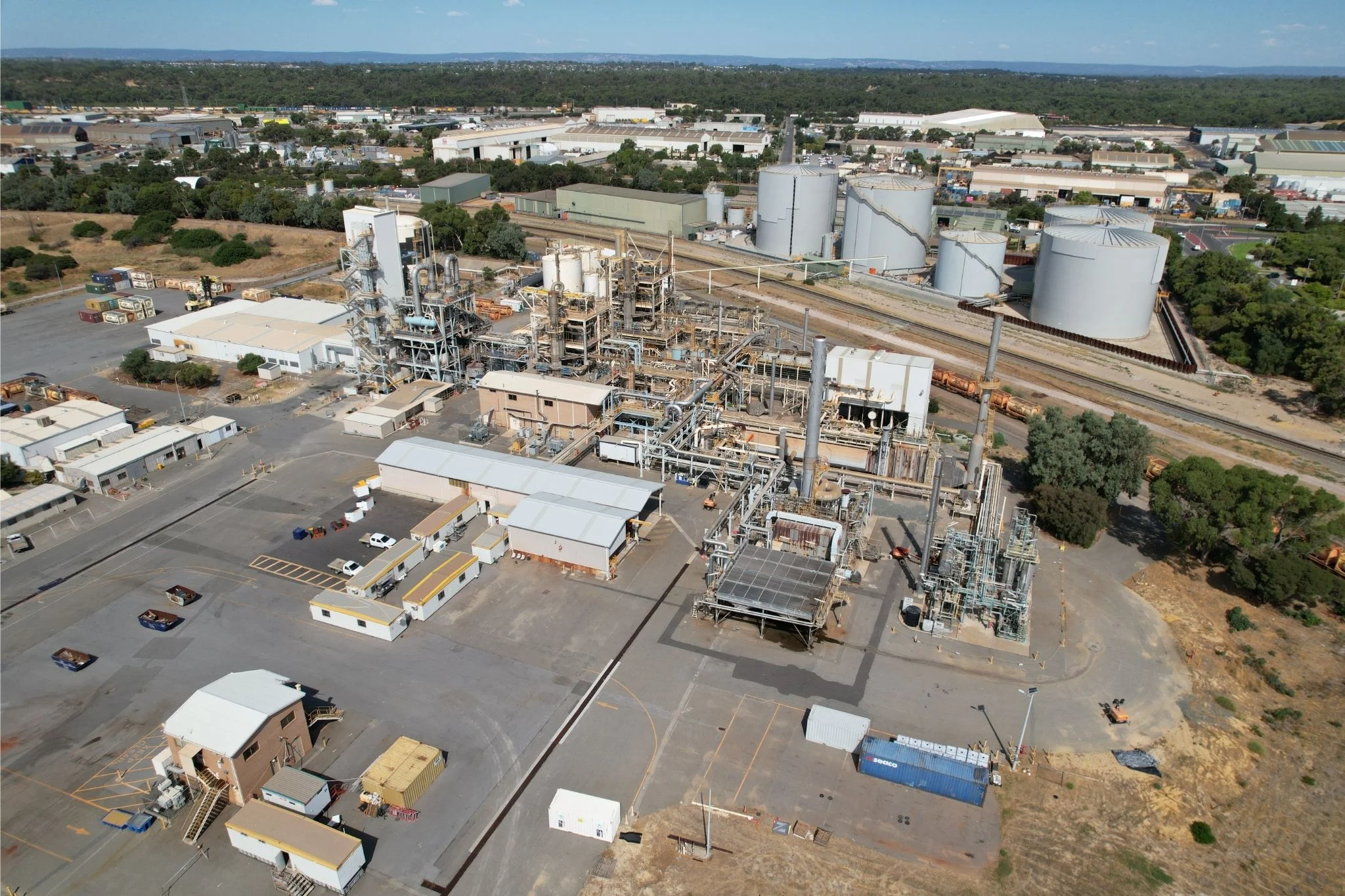
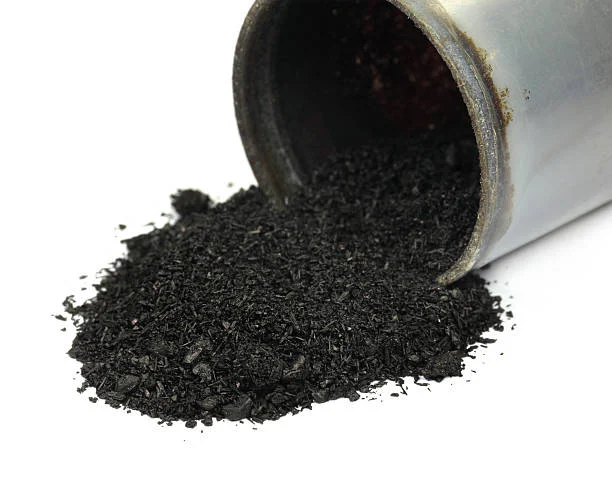
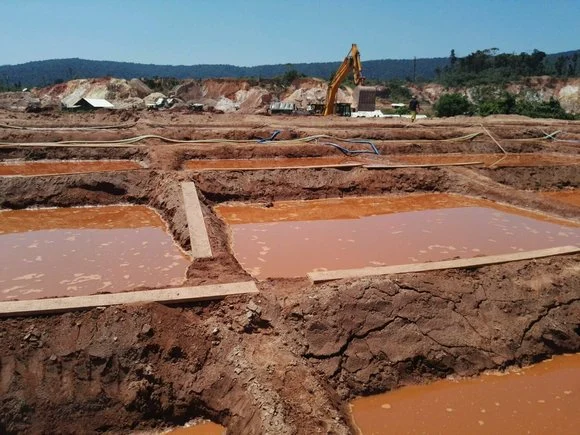
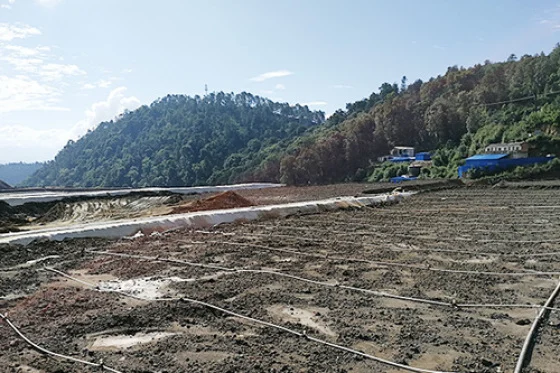
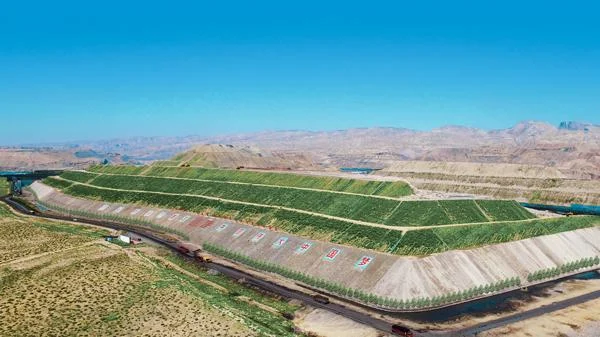
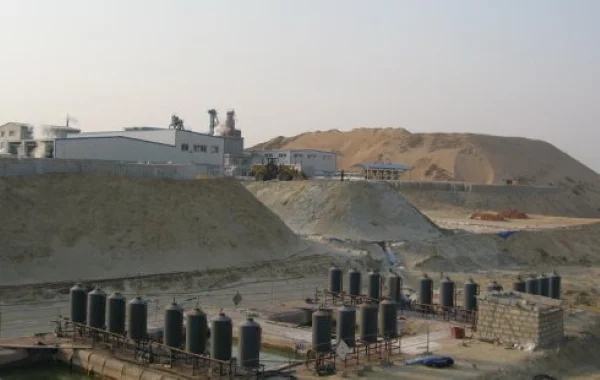
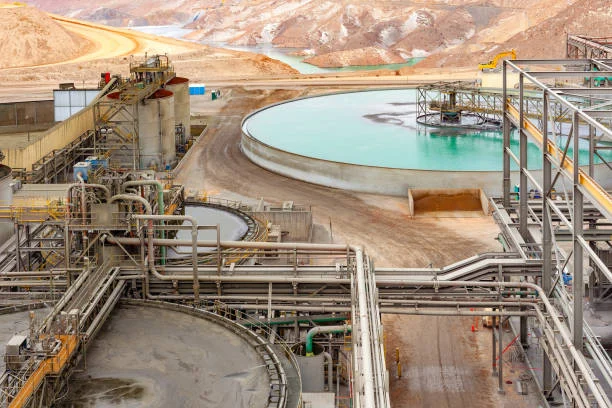

Leave a message with your needs or comments
Add comment: